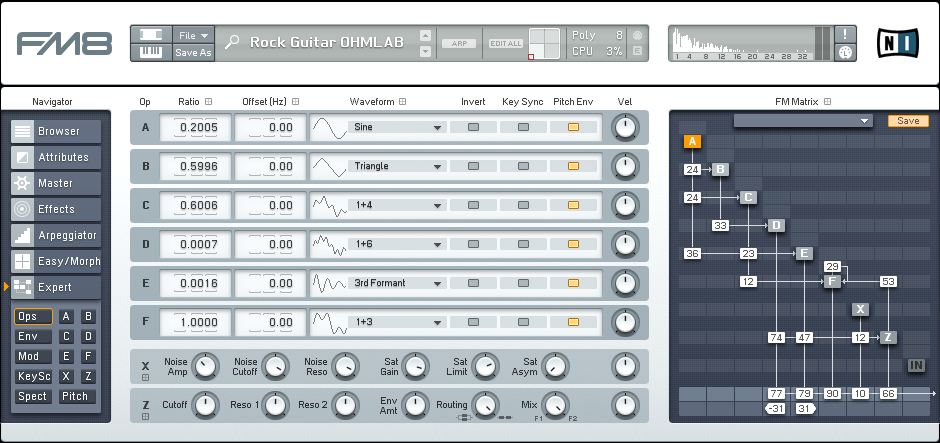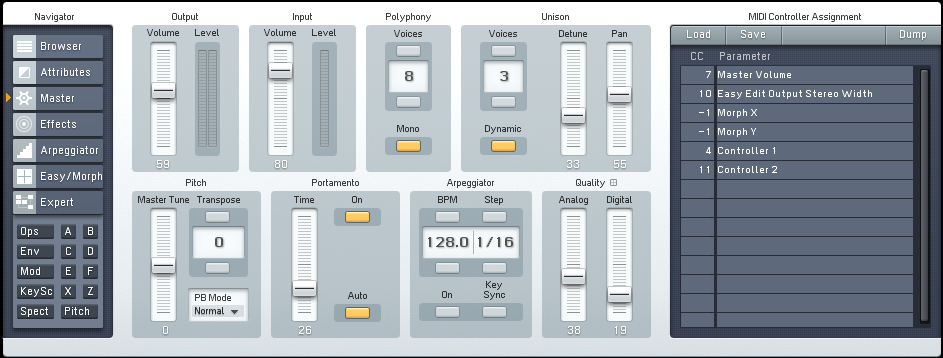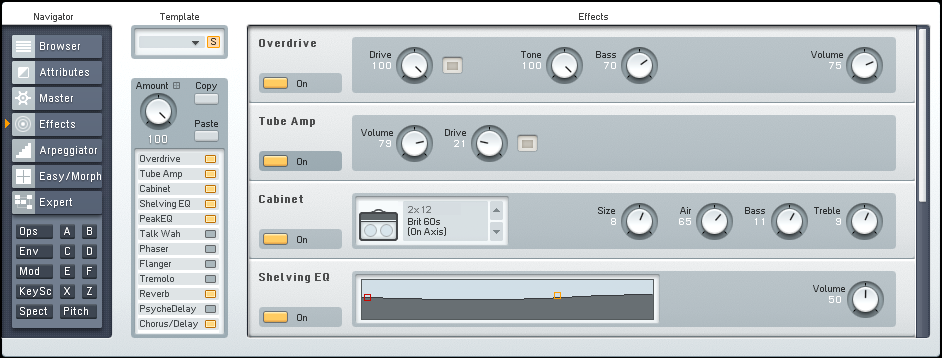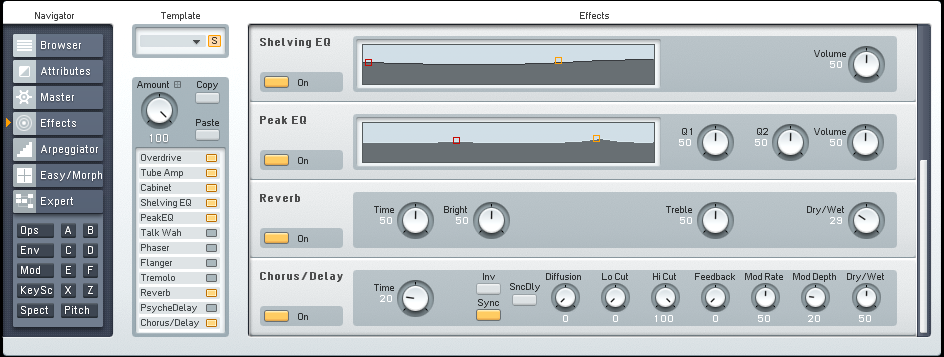
FM8 Tutorials
A Ripping FM8 Distortion Guitar for Rock and Hardcore Projects
This is one ripping and roaring good guitar synth that can be used with pedals, and plugins to take on even more genre specific characteristics with no problem. It takes less than five minutes to make and can be used again and again in various projects with subtle changes within FM8 to keep things fresh and new. In fact, this particular FM8 distortion guitar is one of the more flexible that I’ve made so far for this community. If you end up using it in a project, we’d love to hear it. And if you have used one of the other guitar synths featured here on this site in your music, we’d love to hear that too! Just pop on over to our new forums, after you’re done with this lesson, and feel free to share whatever you like.
As you can see in the image below, the FM Matrix is a little busy with this FM8 distortion guitar. All of the operators are being used and of those, three are routed to the output strip, meaning that the three other main oscillators are acting as modulators in this scenario. Both the Noise/Saturator (Operator X) and the Filter (Operator Z) are also being used. Pay close attention the they different waveforms used, as well as the variations in pitch ratio settings for each operator.
*If you want to transform this into your own sound, you can begin experimenting with swapping out different waveforms to create a new core sound to work with.
The next step in the process of making this FM8 distortion guitar is to set up the Master window. Here the total number of Unison Voices is increased to three, the detune and pan features are used to spread the sound out a bit and the synth is set to run in mono polyphony mode. The Portamento feature is turned on to allow for subtle gliding between notes, and some Analog and Digital Quality are added for extra character.
The last step in this session is to set up the Effects window. This FM8 distortion guitar gets its serious guitar edge from the Overdrive and Tube Amp units, which really enhance the grit and distortion coming from the FM Matrix. The Cabinet unit provides the guitar amp sound that brings it all together. The Shelving EQ and Peak EQ are used to accent some of the frequencies that make it more believable. And the Reverb and Chorus/Delay units are providing depth and more room for the sound to move around in.
Below are two short audio samples. The first is the FM8 distortion guitar on its own, while the second contains some drums to give you a better idea of what it can sound like in a mix.
[audio:https://www.fm8tutorials.com/wp-content/uploads/2012/12/FM8-Distortion-Guitar-Solo.mp3|titles=FM8 Distortion Guitar Solo]
[audio:https://www.fm8tutorials.com/wp-content/uploads/2012/12/FM8-Distortion-Guitar-Full.mp3|titles=FM8 Distortion Guitar Full]
Remember to shoot us a message before you leave if you have a tutorial request, or would like to share one of your own with the community.
Join The Conversation!
Want to ask a question about this tutorial or perhaps you have something to add to it? Click through to our forum post about this tutorial and join the conversation!
Thanks for stopping by!
Cheers,
OhmLab




 YOUTUBE
YOUTUBE